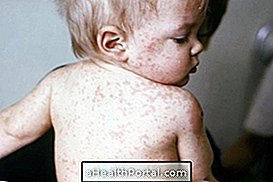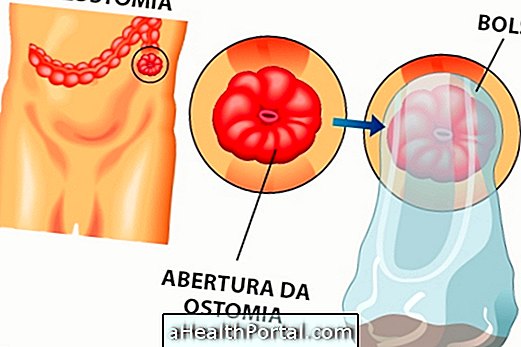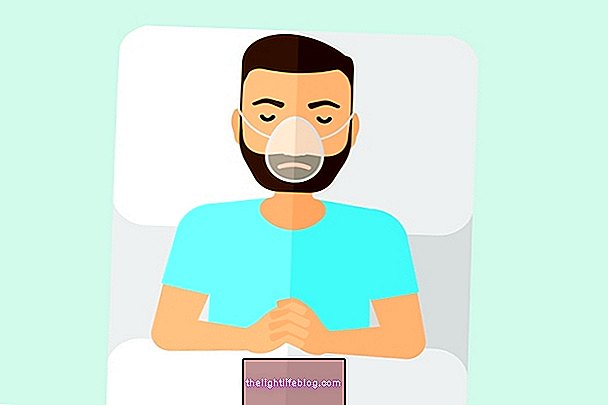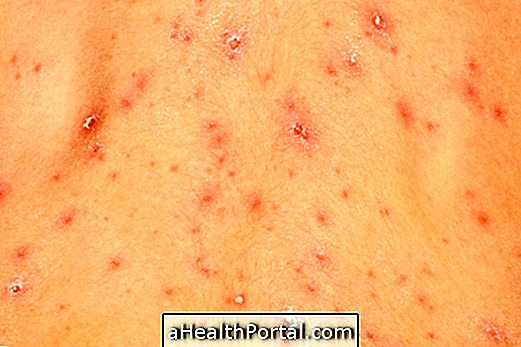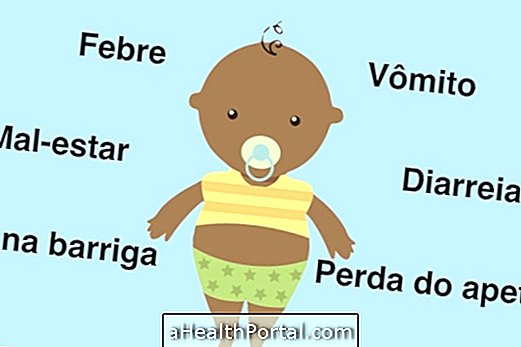Congenital syphilis occurs when the bacteria responsible for syphilis pass from the mother to the baby through the placenta. This happens especially during the second half of pregnancy or when the pregnant woman has never had treatment for syphilis or started treatment less than 4 weeks before delivery.
In addition to the changes that can cause in the baby from birth, congenital syphilis can also be responsible for problems such as miscarriage, prematurity or low birth weight.
Congenital syphilis is curable and treatment of the baby should be started as soon as possible after birth to avoid serious complications such as deafness or blindness that can not be reversed even after curing.

Main symptoms
In most cases babies are born without any symptoms of syphilis infection, but up to 2 years of age early signs may appear, such as:
- White and red spots with peeling of the skin;
- Very yellowish skin;
- Coriza with reddish secretions;
- Visual changes.
- Difficulty in gaining weight.
After the second year of life, more severe symptoms such as bone alterations, deafness, blindness or difficulty learning may occur, characterizing late congenital syphilis.
How is the diagnosis made?
The diagnosis of congenital syphilis can be difficult to confirm because the test used to identify this disease usually shows a positive result even in babies who are not infected due to the passage of antibodies from the mother to the baby.
In addition, since most cases show no symptoms before 3 months of age, it is difficult to confirm whether the test result is true.
Thus, the need for treatment is indicated by the risk of the baby being infected with syphilis, which is determined by factors such as the mother's treatment status, syphilis test result, and physical examination after birth.
How is the treatment done?
Treatment of congenital syphilis is always done with penicillin injections, however, the doses and duration of treatment vary according to the risk of infection of the baby, and the longer treatment lasts up to 14 days.
See how the treatment is done for each type of baby's risk.
After the treatment, the pediatrician can make several follow-up visits to repeat the examination of syphilis in the baby and evaluate its development, confirming that it is no longer infected.
How to avoid congenital syphilis
The only way to reduce the risk of passing syphilis to the baby is to start treatment for the mother during the first half of pregnancy. Thus, it is important for the pregnant woman to perform all prenatal consultations, where important blood tests are done to identify possible infections that can affect the baby during pregnancy.
